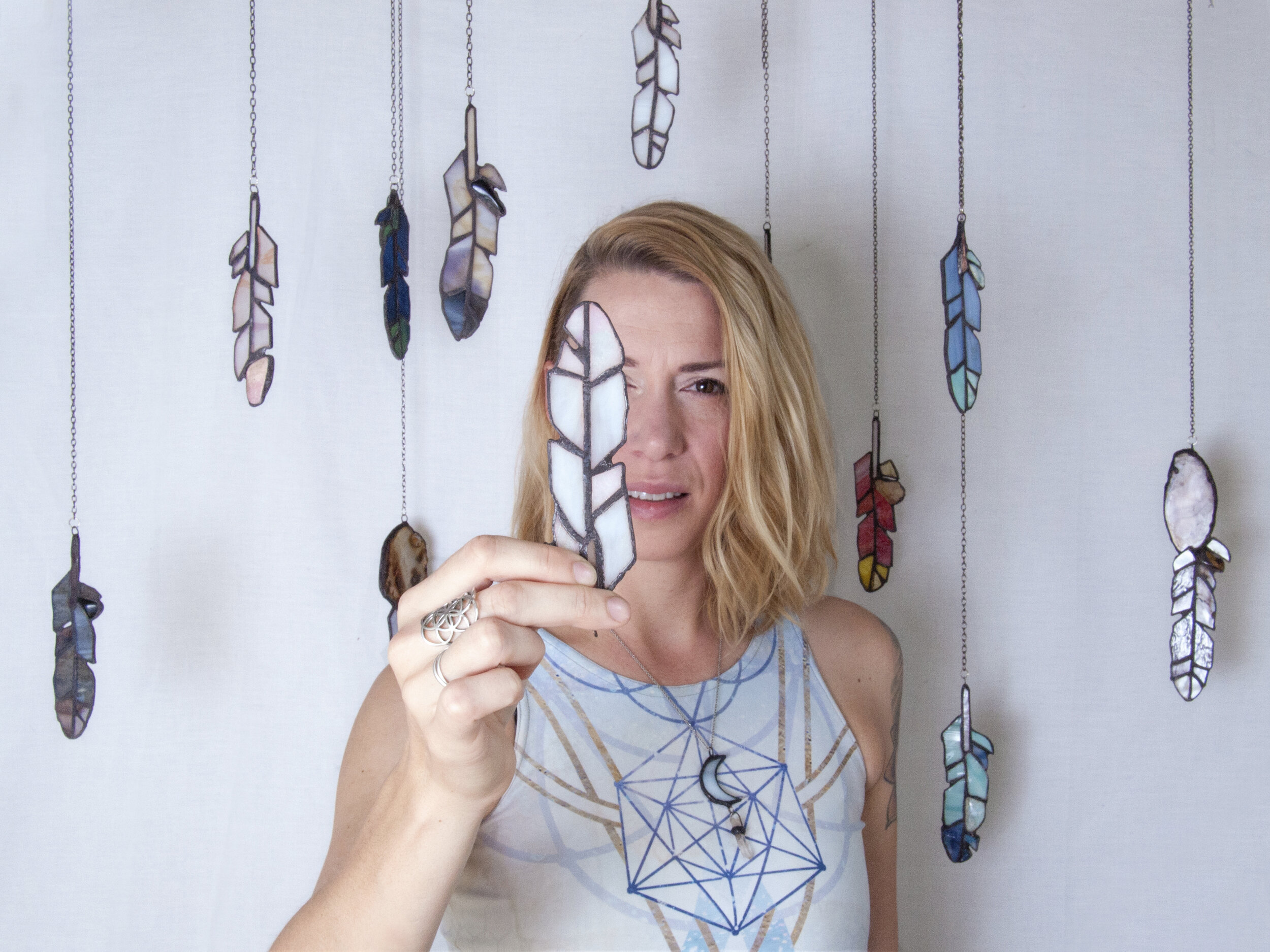Attila Csörgő is an artist from Hungary who has had a strong and prolific career. Showing in places such as the Biennials of Venice, Sao Paulo, Sydney and Instanbul, as well as in dOCUMENTA(13), Csörgő's work has been seen across the globe as breaking the boundaries between art and science.
Csörgő studied at the Academy of Fine Arts in Hungary from 1988 to 1994, and then at the Beeldende Rijksakademie van Kunsten in Amsterdam. He has received various awards such as the Janos Smohay Award 1998, the Mihaly Munkacsy Award 2001, and the Nam June Paik Award 2008. (Attila Csörgő Artist Website, Feb 2, 2013)
Attila Csörgő's work is playful, and yet ultimately rooted in science and technology.Through kinetic sculpture, photography and sketches, his work shows a spirit of investigation and engineering, with an obvious component of preparation and experimentation. Rooted intensely in research, the aim of his work seems to be to give the audience a new lens by which to look at the world, by creating visual experiences that change one's perception of how the world fits together. (dOCUMENTA(13) guidebook, Pg 248)
Csörgő studied at the Academy of Fine Arts in Hungary from 1988 to 1994, and then at the Beeldende Rijksakademie van Kunsten in Amsterdam. He has received various awards such as the Janos Smohay Award 1998, the Mihaly Munkacsy Award 2001, and the Nam June Paik Award 2008. (Attila Csörgő Artist Website, Feb 2, 2013)
Attila Csörgő's work is playful, and yet ultimately rooted in science and technology.Through kinetic sculpture, photography and sketches, his work shows a spirit of investigation and engineering, with an obvious component of preparation and experimentation. Rooted intensely in research, the aim of his work seems to be to give the audience a new lens by which to look at the world, by creating visual experiences that change one's perception of how the world fits together. (dOCUMENTA(13) guidebook, Pg 248)
In Platonic Love: Tetrahedron + Cube + Octahedron, the artist begins with a notion, which he then forms into an equation, which he then expresses in a kinetic work. Through research and experimentation, the artist comes to an aesthetically pleasing expression of his findings.
He bases this project off of the writings of Plato, which state that there are only five regular solids in the universe: tetrahedron, cube, octahedron and icosahedron. All of these shapes can be placed neatly within a sphere, and in each shape all of the planes, edges and vertices are the same size.
He bases this project off of the writings of Plato, which state that there are only five regular solids in the universe: tetrahedron, cube, octahedron and icosahedron. All of these shapes can be placed neatly within a sphere, and in each shape all of the planes, edges and vertices are the same size.
"Platonic Love is based on particular aspects of geometrical correspondence between the first two of five solids, which I discovered by performing a simple mathematical equation: I counted the number of edges in a tetrahedron and in a cube. I found that a tetrahedron has exactly half as many edges as a cube, I therefore established the equation that 1 tetrahedron + 1 tetrahedron = 1 cube, as an experimental geometrical formula.
In order to create a visual representation, I constructed a moving model. The symmetrically positioned tetrahedra slowly unite into a cube, then the cube splits into two tetrahedra again. The duration of the restructuring between the two end stages is significantly longer than the moment in which the solids appear as distinct forms. This intermediate stage appears relatively unstructured, in that it displays a character which is difficult to define. If the motion were to be frozen in this intermediate stage, there would be little to suggest that the jumble of edges had any connection with a regular solid."
Attila Csörgő (Platonic Love & The Studio, Stephanie Cardon)
In this piece there are bits of shapes on a worktable that are made out of sticks and connected by wires. Throughout time, the pieces slowly break apart and comes together, forming the various solids out of pieces of other solids. Csörgő states that this piece ultimately represents temporality and metamorphosis. Through calculated motion, this piece creates a directional transformation, with two complete forms at its end stages. (Platonic Love & The Studio, Stephanie Cardon)
Bibliography
Boese, Daniel. "Attila Csörgő," Artform Inc. Proquest-CSA, LCC, 2009.
Cardon, Stephanie. "Attila Csörgő's Platonic Love & the Studio," Desmots Presses. February 22, 2013. Web.
In order to create a visual representation, I constructed a moving model. The symmetrically positioned tetrahedra slowly unite into a cube, then the cube splits into two tetrahedra again. The duration of the restructuring between the two end stages is significantly longer than the moment in which the solids appear as distinct forms. This intermediate stage appears relatively unstructured, in that it displays a character which is difficult to define. If the motion were to be frozen in this intermediate stage, there would be little to suggest that the jumble of edges had any connection with a regular solid."
Attila Csörgő (Platonic Love & The Studio, Stephanie Cardon)
In this piece there are bits of shapes on a worktable that are made out of sticks and connected by wires. Throughout time, the pieces slowly break apart and comes together, forming the various solids out of pieces of other solids. Csörgő states that this piece ultimately represents temporality and metamorphosis. Through calculated motion, this piece creates a directional transformation, with two complete forms at its end stages. (Platonic Love & The Studio, Stephanie Cardon)
One constant concept through all of of Csörgő's work, is his beautiful mathematical viewpoint of the world. In How To Construct an Orange the artist again brings his mathematical concepts into the creation of a sphere. He began with forms that could be inscribed within a sphere, such as regular and semi regular solids. At the same time, he approached the sphere from the point of view of a spiral, like skinning an orange. In this work, he tried to combine these two seemingly incompatible systems: solid geometry and plane geometry. It is an abstract problem which Csörgő attempted to resolve by making several spherical forms out of glued paper. His attempt results in several imperfect approximations.
Along with this concept, Csörgő was also working on the idea that a perfect sphere would float motionlessly above an electric fan. When he places his own spheres above the fans however, their imperfect facets and faces are set in motion, resulting in a variety of movements. Each different sphere rotates, bounces or floats according to their own irregular structure. (Attila Csörgő Portfollio, Galerija Gregor Podnar, Feb 22, 2013)
In Mobius Space Camera, Csörgő again combines a mathematical concept with an experiment, that results in a stunning aesthetic image. In this piece he works with the idea of a Mobius Strip. The Mobius Strip was discovered by mathematicians August Ferdinand Mobius and Johann Benedict Listing in 1858. It has the mathematical property of being non-orientable, as it is a surface with only one side and only one boundary component. (Pickover, The Mobius Strip, 2005)
In this piece the artist invents a camera to mimic the idea of the Mobius Strip. It is a slit camera that moves in a circle while turning upside down. The result is a one sided panorama that is twisted into a transparent Mobius Strip.
"[Mobius Space Camera has] no beginning, no end, and countless perspectives. It does not capture a snapshot of one moment, but a single image of a series of moments. Again Csörgő endows a complex form with an easily comprehensible image. In doing so, he reminds us that mathematics is far too beautiful and disquieting to leave to the mathematicians."
Daniel Boese (Attila Csörgő, Artform Inc, 2009)
Indeed, the beauty of mathematics is not something one often considers when walking through a gallery. But Attila Csörgő's work approaches complex mathematical concepts in such a visually stimulating way that the viewer cannot help but be engaged. (Attila Csörgő, The Archimeddean Point, Feb 22, 2013)This artists explores the boundary between art and science through accessible research and beautiful aesthetic content. By creating experiments with precise machines and optical apparatuses, Csörgő creates stunning work that plays, invents and invites us to participate in his beautiful world of math.
In this piece the artist invents a camera to mimic the idea of the Mobius Strip. It is a slit camera that moves in a circle while turning upside down. The result is a one sided panorama that is twisted into a transparent Mobius Strip.
"[Mobius Space Camera has] no beginning, no end, and countless perspectives. It does not capture a snapshot of one moment, but a single image of a series of moments. Again Csörgő endows a complex form with an easily comprehensible image. In doing so, he reminds us that mathematics is far too beautiful and disquieting to leave to the mathematicians."
Daniel Boese (Attila Csörgő, Artform Inc, 2009)
Indeed, the beauty of mathematics is not something one often considers when walking through a gallery. But Attila Csörgő's work approaches complex mathematical concepts in such a visually stimulating way that the viewer cannot help but be engaged. (Attila Csörgő, The Archimeddean Point, Feb 22, 2013)This artists explores the boundary between art and science through accessible research and beautiful aesthetic content. By creating experiments with precise machines and optical apparatuses, Csörgő creates stunning work that plays, invents and invites us to participate in his beautiful world of math.
Other Works of Attila Csörgő:
Orange Space
Spherical Vortex III
Semi Space
Slanting Water
Clock Work
Boese, Daniel. "Attila Csörgő," Artform Inc. Proquest-CSA, LCC, 2009.
Cardon, Stephanie. "Attila Csörgő's Platonic Love & the Studio," Desmots Presses. February 22, 2013. Web.
Christov- Bakargiev, Carolyn. "Attila Csörgő," Documenta 13: Catalog 3, The Guidebook. Hatje Cantz, 2012.
Csörgő, Attila. "Attila Csörgő Portfollio," Galerija Gregor Podnar. February 22, 2013. Web.
Csörgő, Attila. "Biography," Official Artist Website. February 22, 2013. Web.
Pickover, Clifford A. "The Mobius Strip: Dr. August Mobius's Marvelous Band in Mathmatics, Games, Literature, Art Technology and Cosmology." Thunder's Mouth Press, 2005.
Podnar, Gregor and Simon, Kati. "Attila Csörgő, The Archimeddean Point," Gurgur Editions, 2010.
Pickover, Clifford A. "The Mobius Strip: Dr. August Mobius's Marvelous Band in Mathmatics, Games, Literature, Art Technology and Cosmology." Thunder's Mouth Press, 2005.
Podnar, Gregor and Simon, Kati. "Attila Csörgő, The Archimeddean Point," Gurgur Editions, 2010.







































































































































































